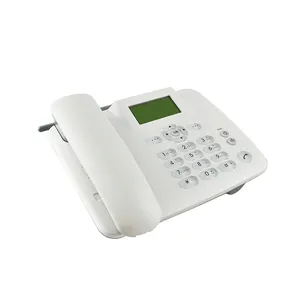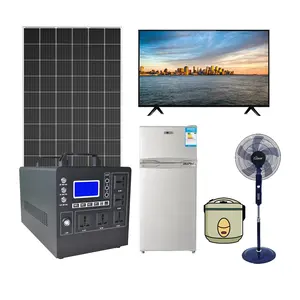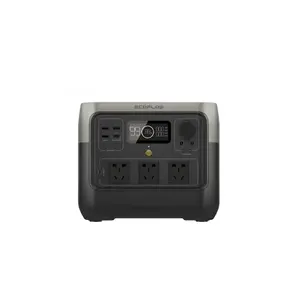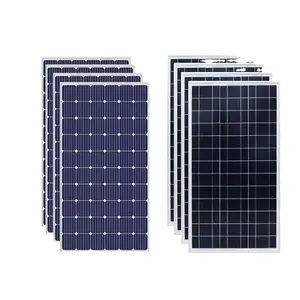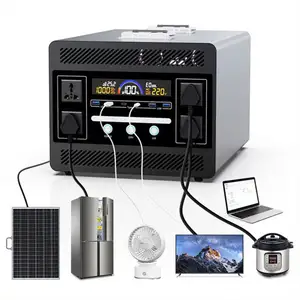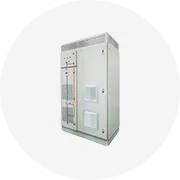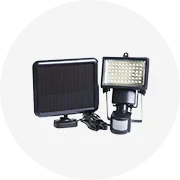Популярное в вашей отрасли



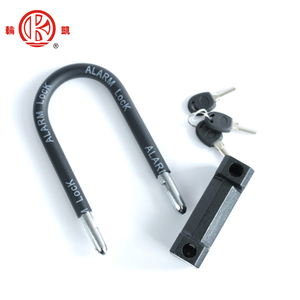


Профессиональный заводской замок u-образной формы для электровелосипеда
728,52 ₽ - 758,46 ₽
Минимальный заказ: 500 компл.






Двухсторонний трубчатый Круглый цилиндрический дверной замок
192,61 ₽ - 249,50 ₽
Минимальный заказ: 60 шт.







Высококачественный цинковый сплав для ванной комнаты, замок без ключа, дверная ручка в щетке, латунь, золотая отделка
888,20 ₽ - 1 087,79 ₽
Минимальный заказ: 20 компл.







Лидер продаж, новейшие модели ручек для замков, трубчатые дверные ручки для межкомнатных дверей с замком
186,63 ₽
Минимальный заказ: 10 шт.




Умный набор передних дверей BBDHOME-с 2 ручками-электронная клавиатура с кодом Засов для отпечатков пальцев Дверной замок
1 946,05 ₽ - 3 093,71 ₽
Минимальный заказ: 100 шт.
Доставка за штуку: 358,28 ₽

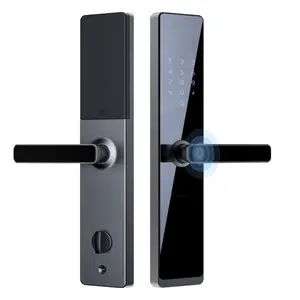





Tttlock смарт-замок с паролем, БЕСКЛЮЧЕВОЙ вход, Cerradura Inteligente, карта отпечатков пальцев, электронный замок передней двери, умный дверной замок
Готово к отправке
2 874,16 ₽ - 5 668,47 ₽
Минимальный заказ: 2 шт.
Доставка за штуку: 1 954,03 ₽







Рычажная ручка и одноцилиндровый задвижной замок, сверхмощный круглый входной дверной замок, входной замок для входной двери
978,02 ₽ - 997,97 ₽
Минимальный заказ: 500 шт.






Хит продаж, современный водонепроницаемый прочный круглый замок из цинкового сплава, поворотный стеклянный дверной замок
Готово к отправке
572,84 ₽ - 642,70 ₽
Минимальный заказ: 1 компл.
Доставка за штуку: 986,00 ₽

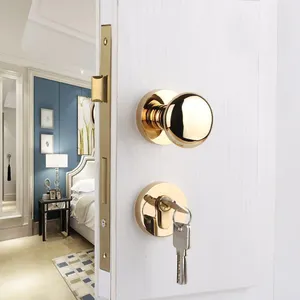




Заводская Дешевая Фурнитура, аксессуары, круглый дверной замок с ручкой, закрытый круглый дверной замок с грибом
698,58 ₽ - 997,97 ₽
Минимальный заказ: 10 шт.
Доставка за штуку: 674,63 ₽






SS304 большой круг квадратный Бескаркасный стеклянный дверной замок поворотный стеклянный дверной замок с рычажной ручкой цилиндрический замок
1 596,76 ₽ - 1 806,33 ₽
Минимальный заказ: 100 шт.
Доставка за штуку: 340,31 ₽






Офисное здание/квартира, двухсторонние 3 ключа с 304 крышкой из нержавеющей стали, Цинковый цилиндр, железный центральный стеклянный дверной замок
274,45 ₽ - 299,40 ₽
Минимальный заказ: 100 шт.
Доставка за штуку: 1 700,55 ₽






70 мм специальная форма лунного круга 201 из нержавеющей стали 1,5 мм толщина диск замок латунный цилиндр замок
95,81 ₽ - 97,81 ₽
Минимальный заказ: 3000 шт.
Связанные запросы:
блокировка разблокировкишариковый замок быстрого выпускахромированный плоский замокквадратные круглые замкикитайский замок на палецблокировканержавеющий замок простойзамок с красной звездойдеревянный цилиндрический замокдеревянный замокхромированный замок с бабочкойстопорный палецдеревянный замокзамок хоккейной шайбызамок в форме звезды

Хороший полированный Полукруглый Стеклянный Замок для офисной двери с ключами
299,40 ₽ - 598,79 ₽
Минимальный заказ: 1 шт.






Оптовая продажа, Электрический Интеллектуальный ободочный замок для дома в аренду без рук
3 991,88 ₽ - 4 490,87 ₽
Минимальный заказ: 2 шт.





Электронный смарт-замок для дверей, цифровой дверной замок с сенсорным экраном для использования в отеле, квартире, защита от кражи, цинковый сплав, 50*48*26
Готово к отправке
22 953,31 ₽ - 23 252,71 ₽
Минимальный заказ: 50 шт.
Доставка за штуку: 13 173,21 ₽






Wethater ZH019-3 литой латунный замок с титановым покрытием замок круглый замок
104,79 ₽ - 204,59 ₽
Минимальный заказ: 600 шт.



CHEAP Multi-function circle lock , digital codes and fingerprint safe lock
1 866,21 ₽ - 1 966,01 ₽
Минимальный заказ: 100 шт.






Европейский профиль, компьютерный цилиндр, защитный дверной замок для алюминиевых дверей, цилиндр с плоским ключом, компьютерный цилиндр
229,54 ₽ - 328,34 ₽
Минимальный заказ: 200 шт.






13,56 МГц высокий уровень безопасности умный Невидимый электронный RFID-замок для выдвижного ящика
498,99 ₽ - 748,48 ₽
Минимальный заказ: 10 шт.
Доставка за штуку: 714,55 ₽






Китай горячая Распродажа серебряный золотой черный Сейф электронный замок Круг цифровой безопасный замок
758,46 ₽ - 1 037,89 ₽
Минимальный заказ: 2 шт.
Доставка за штуку: 20 394,52 ₽





2024 новый продукт Электронный Отпечаток пальца умный дверной замок умный цифровой безопасный дверной замок для домашнего шкафа
6 886,00 ₽ - 6 985,79 ₽
Минимальный заказ: 1 шт.






Дверной замок для ванной комнаты с индикатором вместимости, туалетный шкаф, набор для выключения большого пальца, вывеска с монетоприемником, Туалетная комната, круглый Туалет
209,58 ₽ - 309,38 ₽
Минимальный заказ: 100 шт.
Доставка за штуку: 112,78 ₽






EVERGOOD, металлический замок с паролем, поворотный круг, стандартная низкая цена, электронный замок 3
Готово к отправке
156,69 ₽ - 172,65 ₽
Минимальный заказ: 200 шт.
Доставка за штуку: 461,07 ₽






Цифровой комбинированный замок для мобильного держателя, используемый круглый, форма, номер, кодовый замок
598,79 ₽ - 648,69 ₽
Минимальный заказ: 500 компл.





2023 навесные замки, оптовая продажа, латунный замок безопасности с ключами, сверхмощный, 25/32/38 мм, трехкруговой замок для дверных шкафов
24,95 ₽ - 64,87 ₽
Минимальный заказ: 500 шт.






Универсальный трубчатый замок с мастер-ключом, Круглый ручной замок
349,29 ₽
Минимальный заказ: 100 шт.






Спальня дверной смарт-замок USB перезаряжаемый Tuya приложение Wi-Fi блокировка отпечатков пальцев пароль биометрический замок без ключа безопасности дверной замок
1 842,26 ₽ - 2 613,69 ₽
Минимальный заказ: 2 шт.
Доставка за штуку: 2 632,65 ₽






Замок для салона, простая дверная ручка, деревянная дверная ручка, дверной замок с раздельной ручкой
Готово к отправке
1 065,84 ₽ - 1 421,11 ₽
Минимальный заказ: 10 компл.
Доставка за штуку: 650,68 ₽






Умная круглая биометрическая клавиатура, безопасный замок для отпечатков пальцев с быстрым открытием для сейфа и дверей хранилища
1 496,96 ₽
Минимальный заказ: 100 шт.






Светодиодный круглый модуль отпечатков пальцев емкостный полупроводниковый датчик отпечатков пальцев для pinger печати дверного замка
898,18 ₽ - 1 097,77 ₽
Минимальный заказ: 1 шт.






40 мм Круглый циферблат без ключа наружная дверь для тренажерного зала Комбинированный Замок оптовая продажа от производителя
68,86 ₽ - 88,82 ₽
Минимальный заказ: 500 шт.
Доставка за штуку: 89,82 ₽






Сверхмощный латунный тройной замок Shengli 30 мм высокого качества по низкой цене от завода Jinhua
85,83 ₽ - 98,80 ₽
Минимальный заказ: 2400 шт.






MOK heavy duty 304 из нержавеющей стали cadenas Водонепроницаемый замки с ключом круг с замочком
1 676,59 ₽ - 4 101,66 ₽
Минимальный заказ: 1 компл.

Двухрядный полукруглый замок Crescen-t, быстрооткрывающиеся слесарные инструменты, Открыватель дверного замка
Готово к отправке
698,58 ₽
Минимальный заказ: 1 шт.
Доставка за штуку: 838,30 ₽





Окрашенный навесной замок, ключ, золотые двери, железные, индивидуальный логотип, браво, двойной блистер ZHE 30/40/50/60/70 мм
75,85 ₽ - 79,84 ₽
Минимальный заказ: 500 шт.






Лидер продаж, сменный кодовый замок OPEL, прямоугольный навесной замок, Круглый навесной замок по отличной цене
Готово к отправке
273,45 ₽
Минимальный заказ: 1 шт.
Доставка за штуку: 879,22 ₽






Минималистичный Магнитный бесшумный дверной замок, внутренняя деревянная дверная ручка, бытовая экономичная ручка
Готово к отправке
1 776,39 ₽ - 2 045,84 ₽
Минимальный заказ: 3 шт.
Доставка за штуку: 1 351,26 ₽






Лидер продаж, дверная ручка, цилиндрический дверной замок из алюминиевого сплава, круглый дверной замок с ключами
798,38 ₽ - 897,18 ₽
Минимальный заказ: 200 шт.
Доставка за штуку: 295,40 ₽
Самые популярные категории
О дверной круглый замок
Alibaba.com предлагает дверной круглый замок, 294 видов. Вам доступны различные дверной круглый замок, в том числе двери, спальня и отель. Вы можете выбрать различную упаковку: сталь, цинковый сплав и из нержавеющей стали дверной круглый замок. Кроме того, можно выбрать деревянная дверь, стальная дверь и дверь из нержавеющей стали дверной круглый замок.Такие дверной круглый замок могут быть отпечатков пальцев, приложение или bluetooth.
